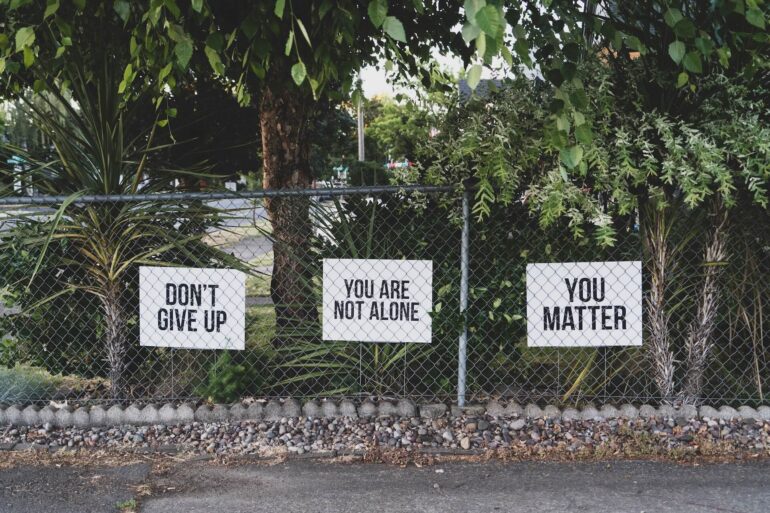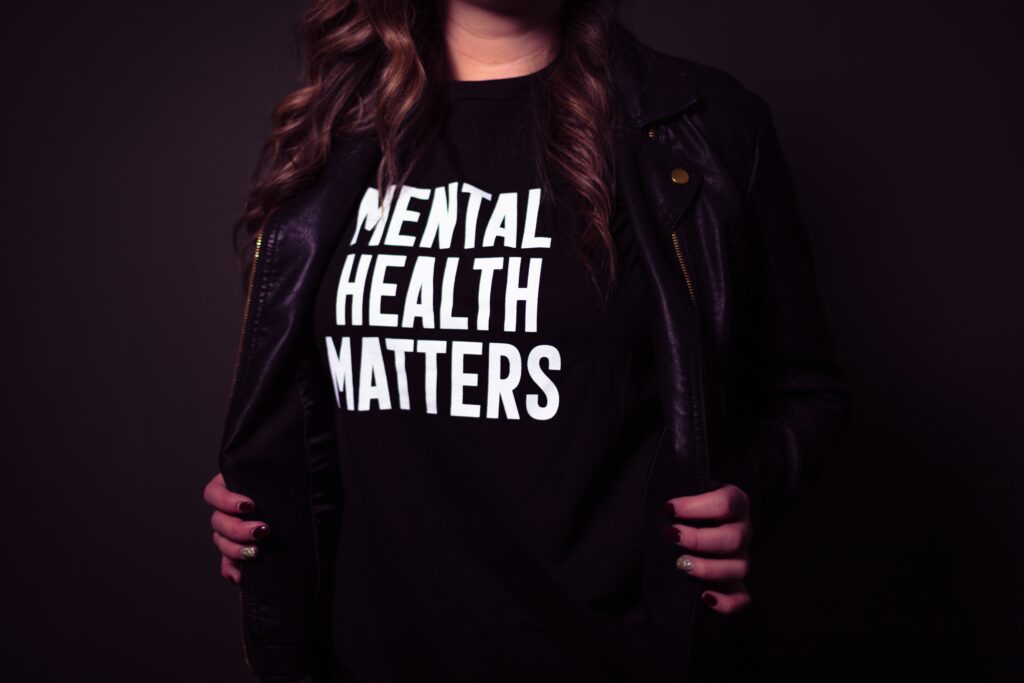We are connected to the people in our environment, even if we don’t feel it or believe otherwise.
The suicide of an individual concerns us all. Suicide is a serious social and psychological phenomenon; however, suicides can be predicted and prevented through appropriate, scientifically based, and often low-cost interventions at the right time.
In Greece
- According to the official data from the Suicide Observatory of KLIMAKA between 2020 and 2022, there has been an increasing trend in suicides by almost 25%.
- Specifically, the number of suicides recorded in 2022 in our country reached around 600, which is approximately 2 suicides per day, with the male population reaching 78%.
- Crete has high suicide rates that have remained at elevated levels for about a decade.
- Most suicides occur during the summer months (June, July, and August).
- Ninety-five percent of deaths could have been prevented with timely and effective interventions.
Suicidal ideation
Suicidal ideation is a condition in which an individual has recurring thoughts, fantasies, or intense desires to die by suicide. These thoughts can range from passing ideas about death to specific plans for suicide. Suicidal ideation is a serious concern and may indicate the presence of a severe mental health issue or distress.
Taking suicidal ideation seriously is crucial, and seeking professional help is essential. Individuals experiencing suicidal ideation need support and care from mental health professionals as well as from friends and family. The response to suicidal ideation should be immediate and careful to prevent suicide and protect the individual facing it.
Who are at risk
Those at risk for suicide include individuals with mental disorders (such as depression and substance use disorders) and a history of previous suicide attempts in high-income countries. However, many suicides occur impulsively during moments of crisis due to individuals’ inability to cope with life’s stressors, such as financial problems, relationship breakdown, or chronic pain and illness.
Furthermore, experiences of conflicts, disasters, violence, abuse, or loss, along with a sense of isolation, are strongly associated with suicidal behavior. Suicide rates are also high in vulnerable groups facing discrimination, such as refugees and migrants, indigenous peoples, individuals who identify as LGBTQ+, and prisoners.
Intervention and Control
Suicides can be prevented, and there are several measures that can be taken at the population, sub-population, and individual levels to prevent suicide and suicide attempts. The World Health Organization’s (WHO) approach to suicide prevention, with the motto ‘LIVE LIFE,’ proposes the following key evidence-based interventions:
- Restricting access to means of suicide
- Engaging with the media for responsible reporting of suicide
- Promoting social-emotional skills in adolescents
- Identifying, assessing, managing, and monitoring individuals affected by suicidal behaviors
Basic Principles
All the above need to be combined with the following basic principles:
- Αnalysis of the situation
- Collaboration across various sectors
- Sensitization
- Empowerment
- Funding
- Monitoring
- Evaluation
Efforts to prevent suicide require coordination and collaboration across many sectors of society, including the mental health sector and other areas such as education, employment, agriculture, business, justice, legislation, defense, politics, and the media. These efforts need to be comprehensive and integrated, as no single approach alone can have an impact on such a complex issue as suicide.
Remember that the strong ones ask for help and support!








